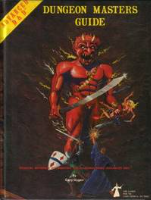Aaron said: I wrote the initial version for the Hero Engine . =D I've considered a similar system for the API here. The primary trouble would be how to mark difficult terrain, impassible boundaries, or boundaries that have a different cost based on direction (going down off a small cliff is regular movement but up is difficult terrain). Then figuring different types of movement (climbing down, flying, blinking, a spider's movement over it's web, etc.), dynamically changing conditions (breaking a wall opens a new route, cave collapse closes a route, spell makes difficult terrain, spell changes movement types, etc) ... it's a difficult problem. I'm happy to help work on it though! Paths placed below the jpg map on the map layer... different color = different terrain... would be one way. Draw them above first.... so they align on your jpg map and its easier to draw.. then pull the jpg map forward and all the information needed is below and the API can read it just fine. Keeps your GM, Dynamic lighting and token layer free.... while giving you a pseudo layer under the jpg map.


